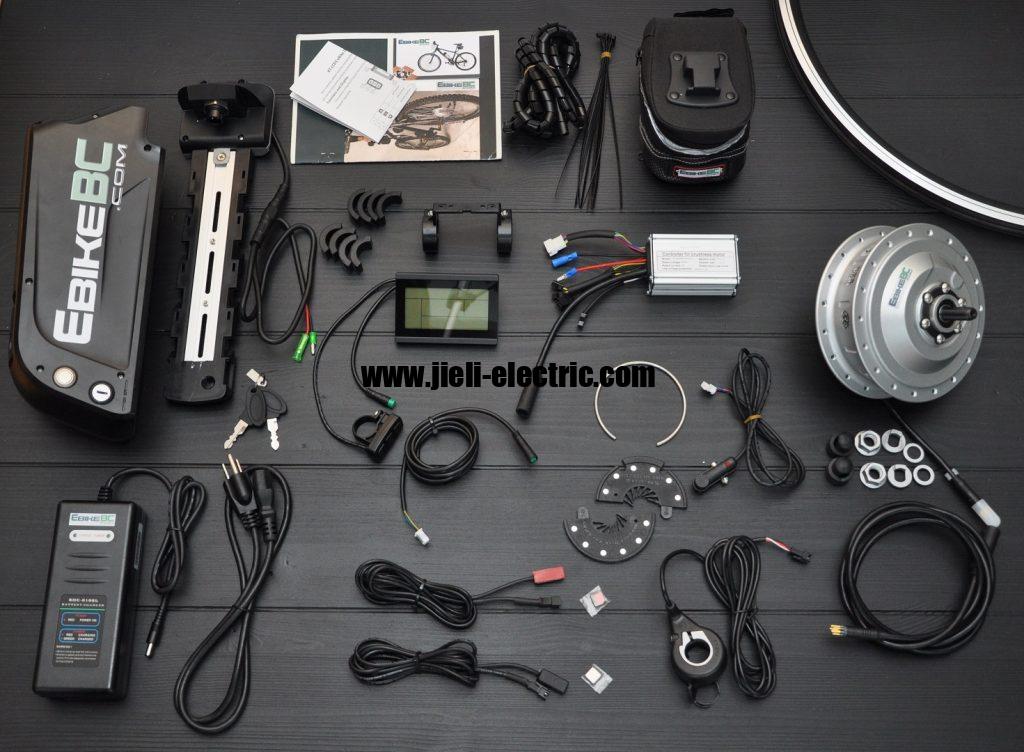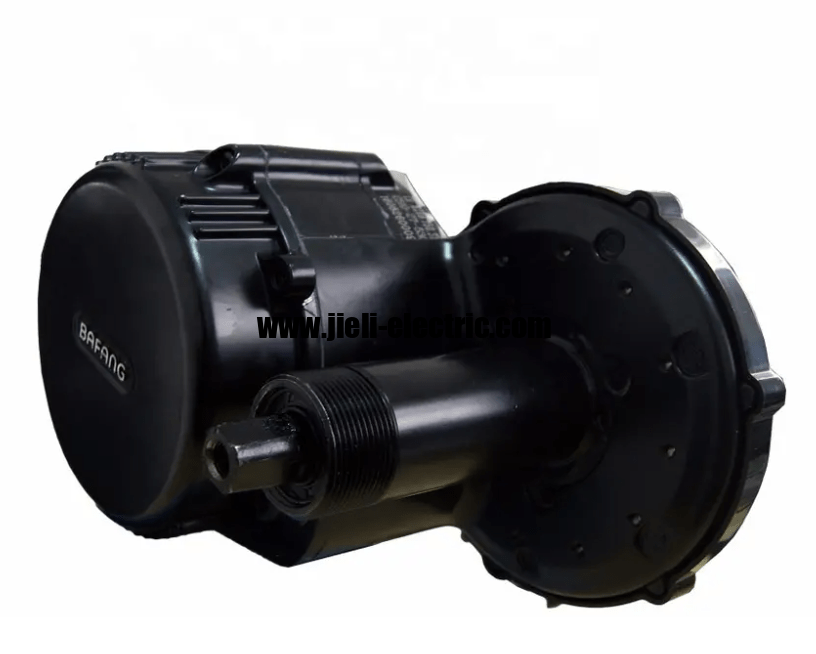As the popularity of e-bikes continues to rise, many riders are curious about their operational limits, particularly when it comes to traveling without pedaling. Understanding how far one can go on an e-bike without engaging in pedaling involves a variety of factors, from battery capacity to terrain challenges. The interplay of rider weight and motor efficiency also plays a critical role in determining the overall distance achievable. Additionally, the distinction between throttle and pedal-assist modes significantly influences the range of travel. This article will delve into these aspects, providing insights and real-world examples to clarify the potential distance one can cover on an e-bike without pedaling.
Factors Affecting E-Bike Range
The range of an e-bike is influenced by several factors, including battery capacity, terrain type, rider weight, and assistance level. A higher battery capacity typically allows for longer distances before requiring a recharge. The type of terrain, whether flat or hilly, can significantly affect the energy consumption of the e-bike. Additionally, the weight of the rider plays a crucial role, as heavier riders may deplete the battery more quickly. The assistance level selected by the rider also impacts range, with higher assistance levels using more power. Environmental conditions such as wind resistance and temperature can further influence the e-bike’s range. Consequently, understanding these variables is essential for optimizing the distance one can travel without pedaling.
Battery Capacity and Performance
Battery capacity and performance play a crucial role in determining the maximum distance an e-bike can travel without pedaling. Higher capacity batteries typically allow for longer travel distances, as they store more energy to propel the bike. The efficiency of the battery management system also influences performance, ensuring optimal energy use during operation. Battery age and health can significantly affect both capacity and performance, leading to diminished range over time. Additionally, the type of terrain and environmental conditions can impact how effectively the battery translates stored energy into distance traveled. Regular maintenance and proper charging practices help prolong battery life and maintain performance levels. Ultimately, the synergy between battery capacity and performance is essential for maximizing the range of an e-bike.
Terrain Impact on Distance
Terrain plays a crucial role in determining the distance an e-bike can travel without pedaling, as variations in elevation and surface type significantly influence energy consumption. Steep inclines require more energy output from the e-bike’s motor, leading to faster battery depletion. Conversely, flat and well-maintained surfaces allow for a more efficient use of energy, potentially extending the distance traveled. Off-road conditions, such as gravel or dirt paths, increase rolling resistance, further impacting the overall range. Additionally, factors such as wind resistance on hilly terrain can exacerbate energy consumption during travel. Riders must also consider the overall weight and load being carried, as this can further strain the e-bike’s capabilities on challenging surfaces. Ultimately, understanding the terrain is essential for optimizing e-bike performance and maximizing distance traveled without pedaling.
Rider Weight Considerations
Rider weight considerations significantly impact the range and performance of an e-bike when operating without pedaling. Heavier riders may experience a reduction in distance due to increased energy consumption by the motor. This phenomenon occurs because the motor must exert more effort to propel a greater mass, leading to a quicker depletion of the battery. Conversely, lighter riders can often achieve longer ranges, as the motor operates more efficiently under less load. Additionally, e-bike manufacturers typically specify weight limits, and exceeding these can adversely affect performance. It is crucial for riders to consider their weight in conjunction with the e-bike’s specifications for optimal range. Ultimately, understanding the interplay between rider weight and e-bike capabilities can help users make informed decisions regarding their travel expectations.
Motor Power and Efficiency
Motor power and efficiency play crucial roles in determining the distance an e-bike can travel without pedaling, directly influencing both speed and energy consumption. Higher wattage motors typically provide greater torque and acceleration, enabling the e-bike to sustain higher speeds for longer periods. Additionally, motor efficiency affects how effectively the power is converted into propulsion, which can significantly impact range. E-bikes equipped with more efficient motors can extend their travel distance by minimizing energy loss during operation. Furthermore, the integration of advanced technologies, such as regenerative braking, can enhance overall power efficiency and contribute to increased range. Battery capacity also interacts with motor power, as a more powerful motor may deplete the battery faster if not managed properly. Ultimately, a balance between motor power and efficiency is essential for optimizing the performance and range of an e-bike.
Throttle vs. Pedal Assist
Throttle and pedal assist modes offer distinct experiences in terms of power delivery and rider engagement on an e-bike. Throttle mode allows riders to control the bike’s speed with a simple push of a button or twist of a grip, providing a straightforward and often more effortless ride. In contrast, pedal assist requires the rider to pedal, with the motor providing varying levels of support based on the selected mode. This engagement fosters a more interactive riding experience, as cyclists must maintain a degree of physical activity. Additionally, throttle mode can lead to quicker acceleration and higher speeds without the need for pedaling, appealing to those seeking convenience. However, pedal assist is generally viewed as more efficient in terms of battery usage, promoting longer rides. Ultimately, the choice between throttle and pedal assist depends on personal preferences and the riding conditions.
Real-World Distance Examples
Real-world distance examples illustrate that e-bikes can achieve significant ranges on a single charge, often exceeding 30 miles in optimal conditions without any pedaling. Various manufacturers have reported that models equipped with high-capacity batteries can extend this range even further, with some users logging over 50 miles. Environmental factors, such as terrain and weather conditions, can influence these distances considerably. For instance, flat urban landscapes typically allow for greater range compared to hilly areas where battery consumption is heightened. Additionally, the weight of the rider and any cargo can impact overall performance and distance capabilities. Anecdotal evidence from e-bike owners supports these claims, with many sharing experiences of long-distance commutes using throttle-only operation. Consequently, e-bikes have emerged as a practical solution for individuals seeking efficient and sustainable travel options.
Frequently Asked Questions
What types of e-bikes are available for different riding styles?
E-bikes come in various types tailored to different riding styles, including commuter, mountain, and cargo models, each designed to enhance performance and comfort for specific uses. Additionally, features such as motor power, battery capacity, and frame design further differentiate these models, catering to the diverse needs of riders.
How do weather conditions affect e-bike performance?
Weather conditions significantly impact e-bike performance, influencing factors such as battery efficiency, traction, and rider comfort. For instance, colder temperatures can reduce battery capacity, while rain or snow may affect tire grip and overall handling, necessitating adjustments in riding style and maintenance.
Are there regulations or laws regarding e-bike usage in certain areas?
Yes, there are various regulations and laws governing e-bike usage that can differ significantly by region, including speed limits, age restrictions, and helmet requirements. It is essential for riders to familiarize themselves with local regulations to ensure compliance and safe riding practices.
If you’re curious about the financial aspects of e-bikes, I highly recommend checking out the article on understanding the markup on e-bikes. This resource offers valuable insights into the pricing structure of e-bikes, helping you make an informed decision for your next purchase. Don’t miss out on this opportunity to deepen your knowledge!


